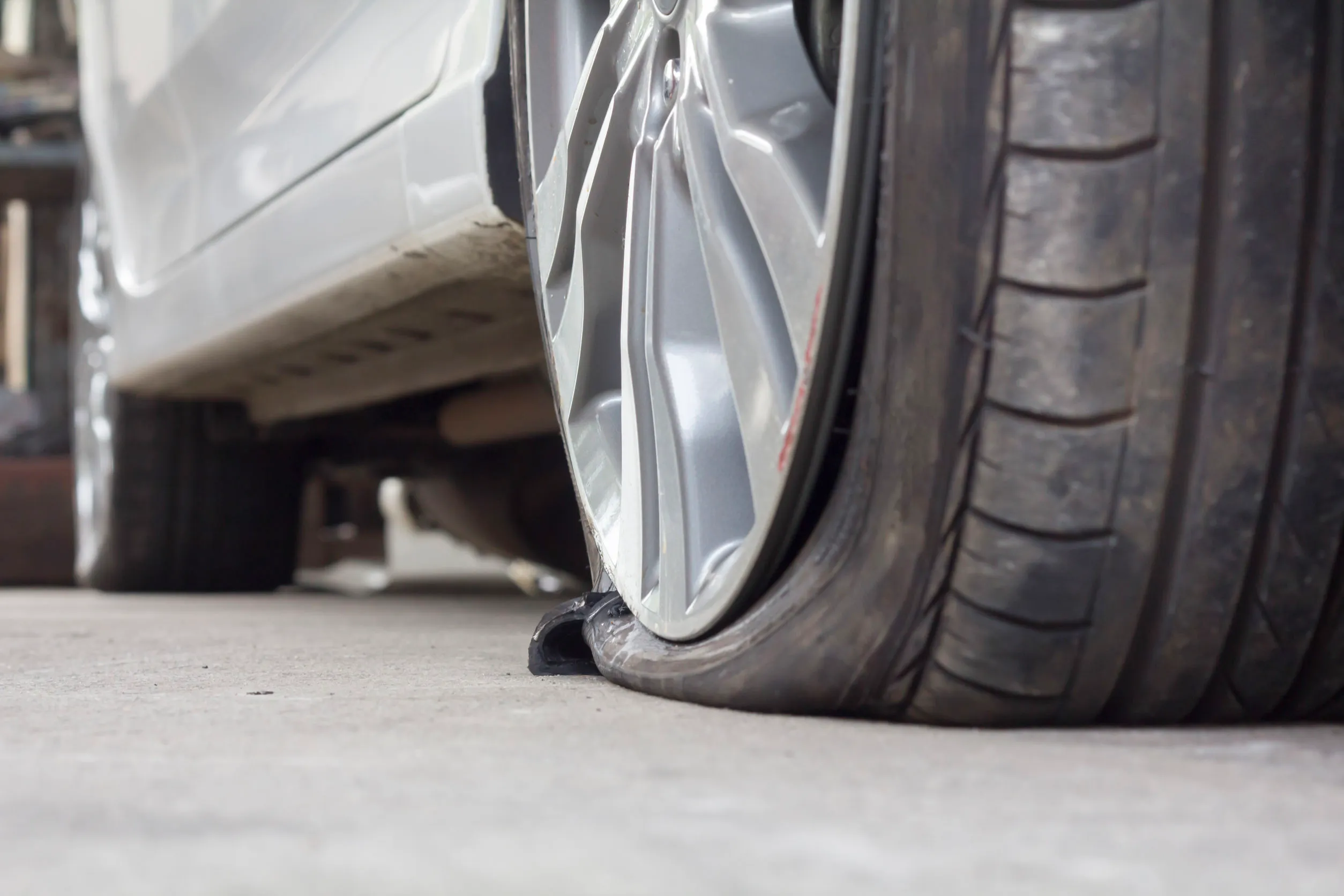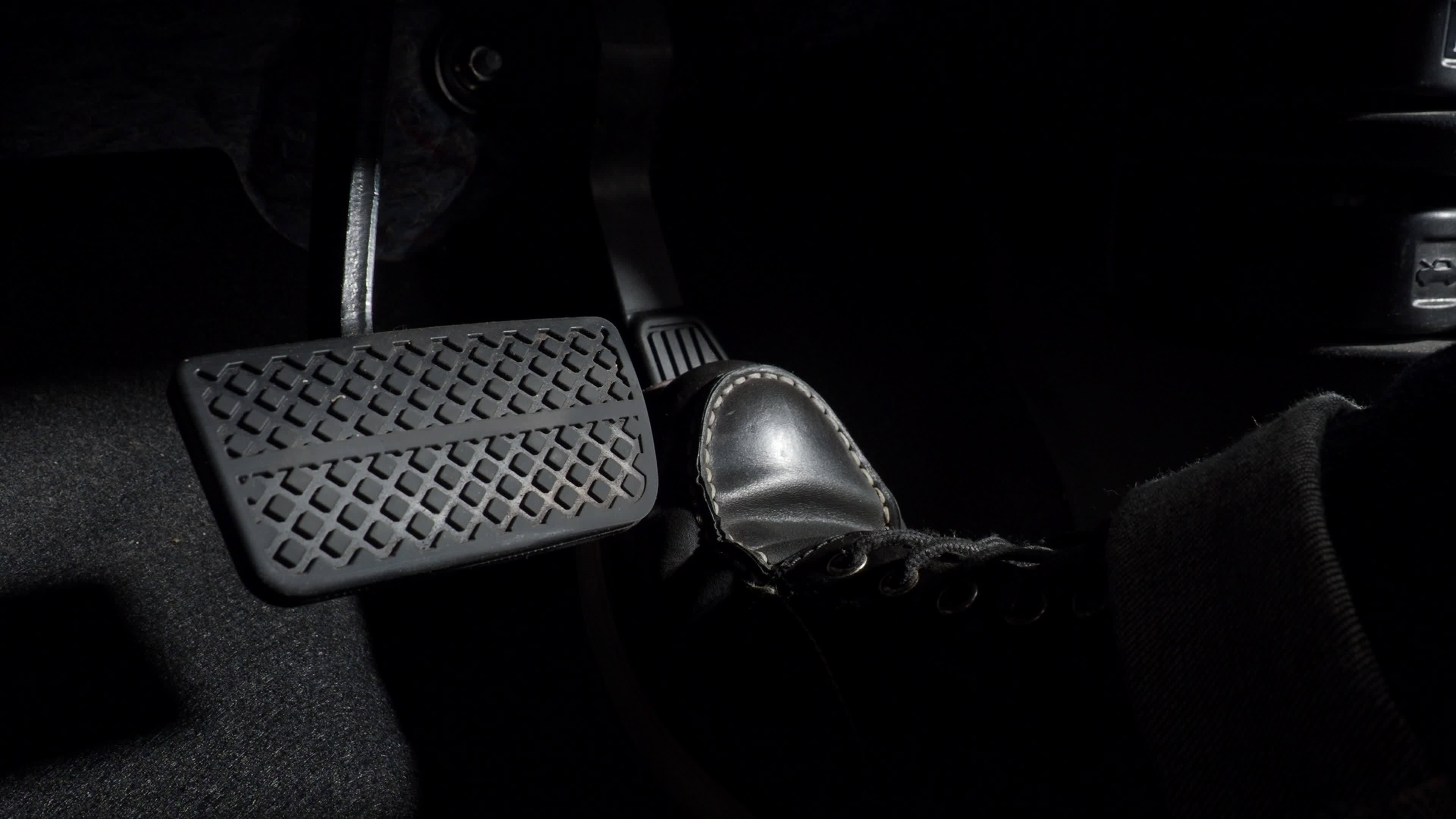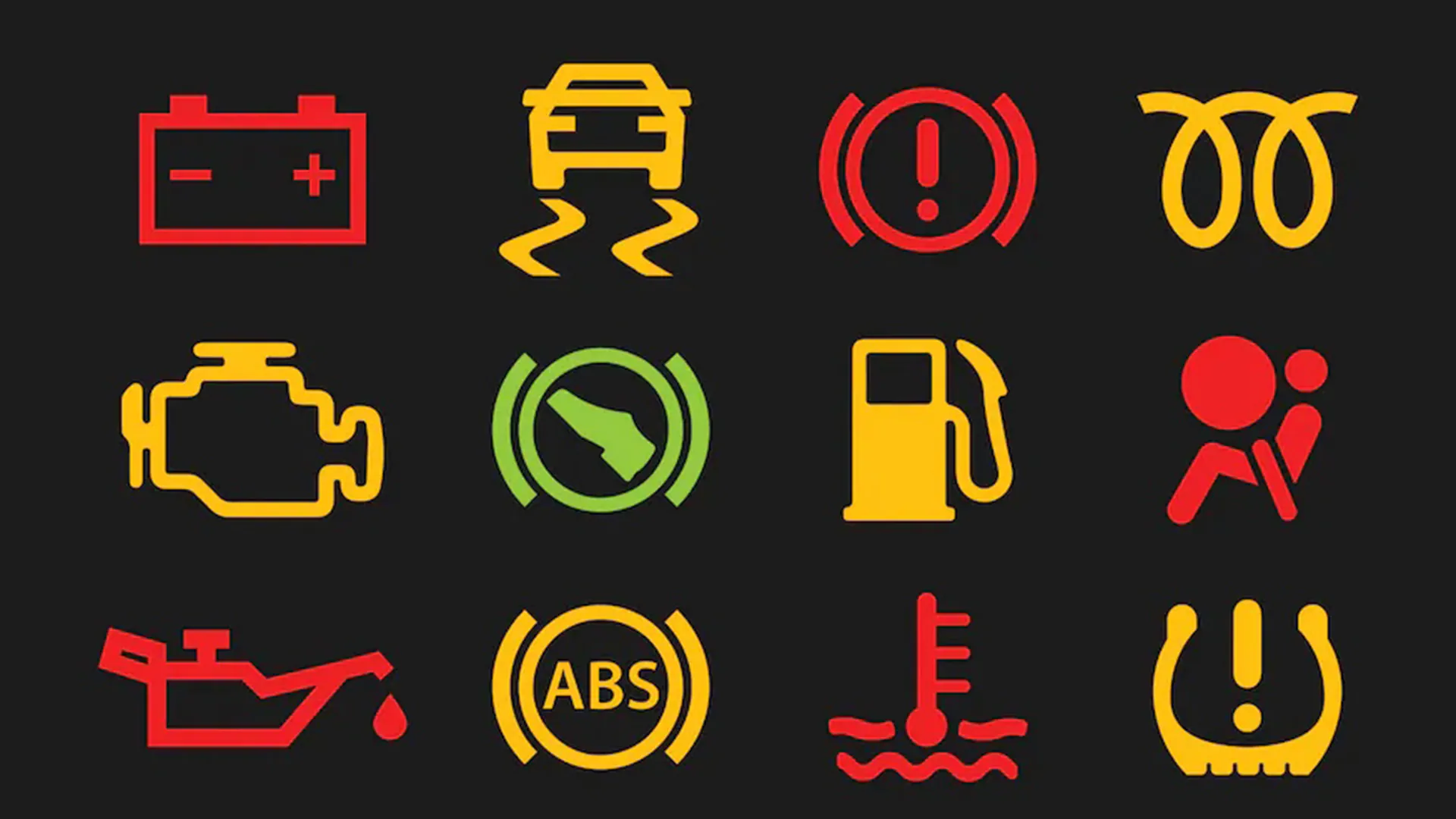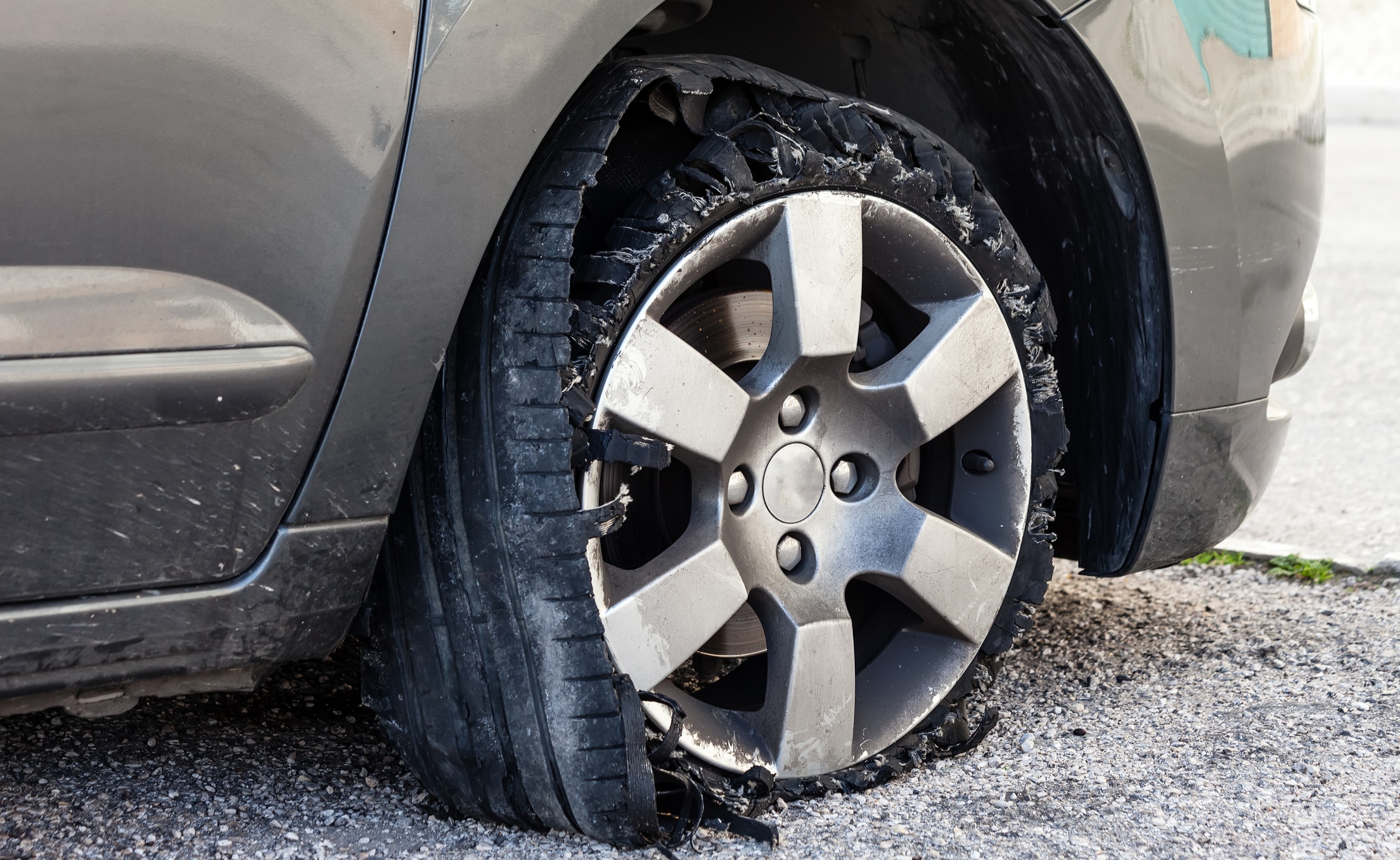Whether you fill up your gas tank just once a month or several times a week, safety should be top of mind when you’re at the gas pump. While static electricity-related incidents at the gas pump are uncommon, there are some things you can do to stay safe when filling up. Here are 10 things to keep in mind when pumping gas.
Don’t Leave the Engine Running
Make sure you put your vehicle in park and turn the engine off before pumping gas. You should also switch off any auxiliary 12-volt power sources such as phone chargers and cigarette lighters because, while rare, they can be a potential igniter of a fuel fire.
Don’t Get Back in Your Vehicle
Don’t get back in your vehicle when re-fueling. A small amount of static electricity can build up and cause a spark when you touch the metal, which could be dangerous when mixed with gasoline vapors.
Don’t Use Your Cellphone
Gas stations are busy places. While you probably won’t cause an electrical spark when using your cellphone around a gas tank, you should avoid using your phone so you stay more alert and focused on what you are doing.
Don’t Overfill
Stay alert and be sure not to overfill your gas tank. Most fuel tanks shut off automatically when the tank is full, so trust the tank so you don’t end up spilling gasoline everywhere.
Keep Gas Off Skin, Eyes
If you do get gasoline on your skin, wash the affected area in lukewarm water and soap. If you get gas in your eyes, according to the Mayo Clinic, you should flush them with tap water for at least 15 minutes and remove contact lenses. Avoid rubbing your eyes.
Keep Children in the Car
While you should stay outside the vehicle when pumping gas, children should be left inside the car. Not only will this help them stay away from toxic fumes, but it will help you keep your attention focused on what you’re doing.
Of course, never leave children alone in the car if you have to walk away from the pump.
Don’t Smoke
Never smoke around the gas pump. And this should be obvious, but never ignite lighters or light matches anywhere near a gas pump.
In Case of Fire
If you do experience a fire when refueling, back away from the vehicle. Leave the nozzle in place and notify a gas station employee right away.
Use the Right Container
If you are filling a container with gas, make sure it is an approved portable container. Leave it on the ground when filling and then place it in the vehicle. Make sure the cap is tightly closed and remove the container from your car as soon as you reach your destination.
Transport Gas Safely
If you are transporting gasoline in a portable container, make sure it is secure in the vehicle so it doesn’t tip over and spill. You should also never leave gasoline in sunlight or in the trunk of a vehicle.








